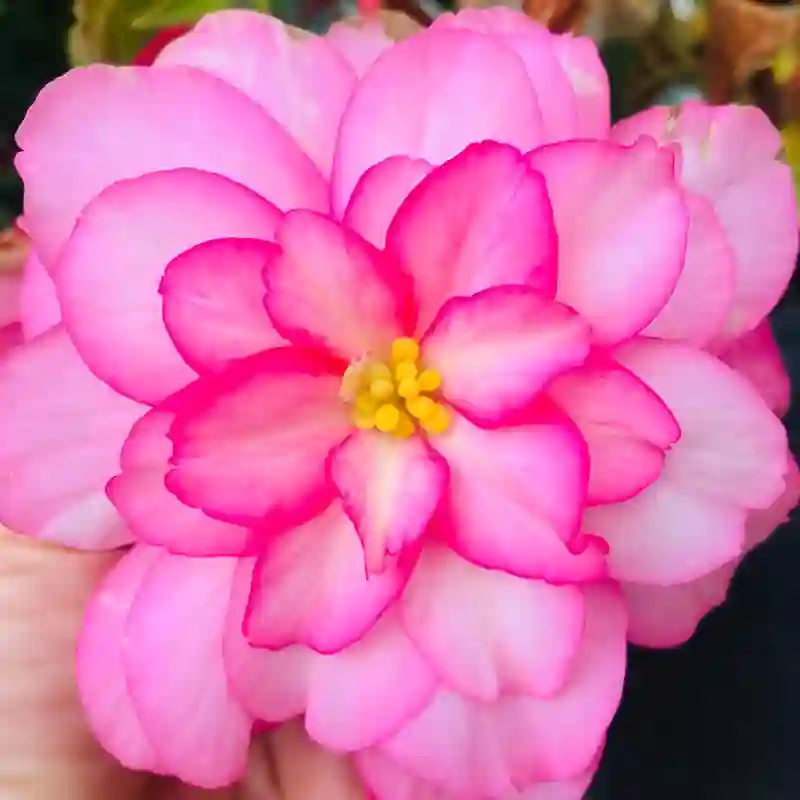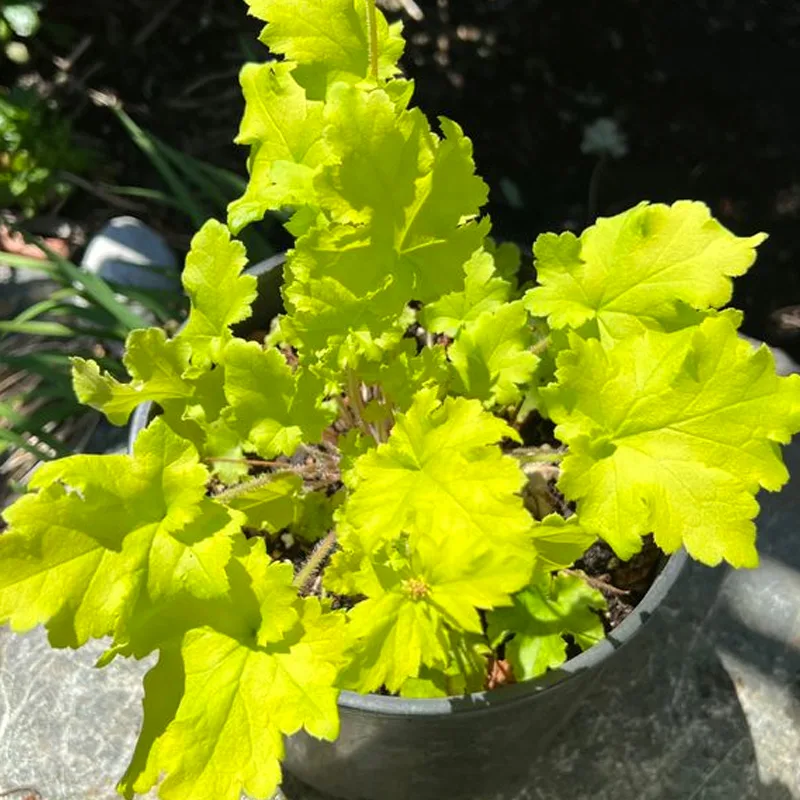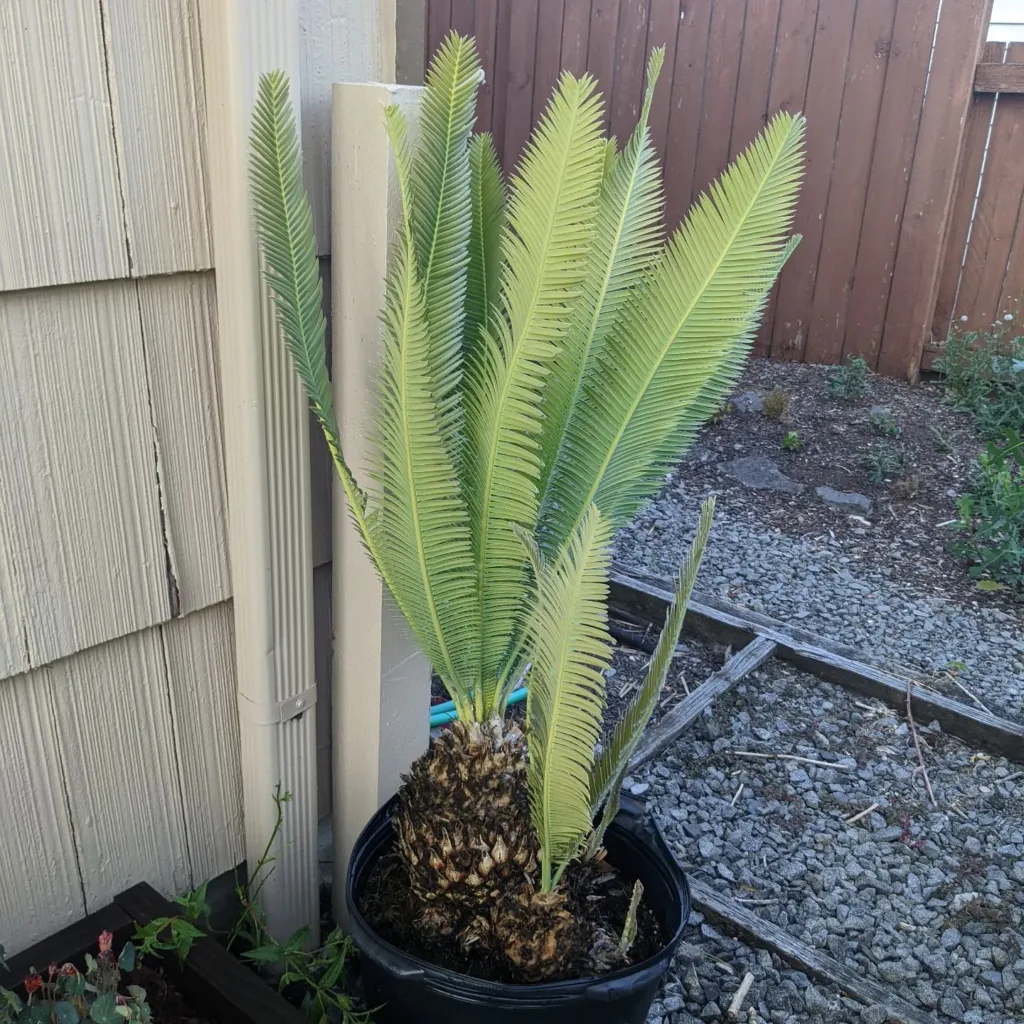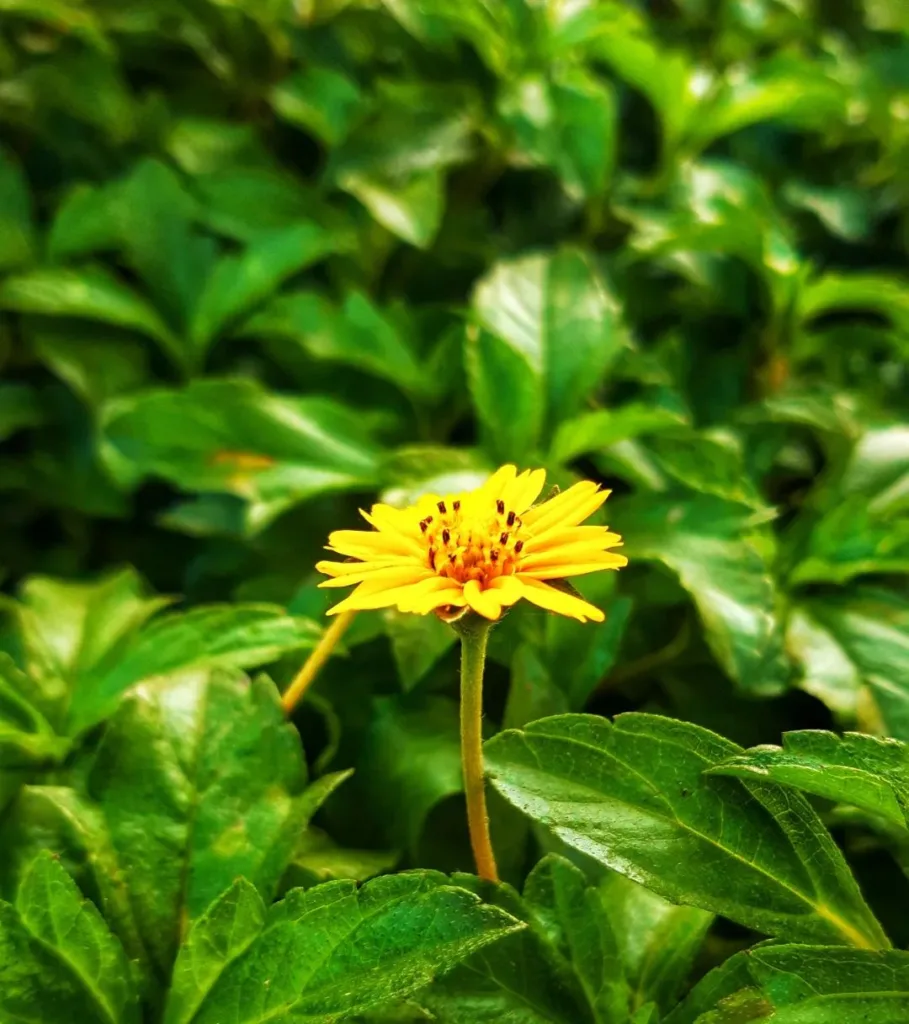The Berberidopsidaceae Family: An Introduction
The Berberidopsidaceae family has always intrigued me due to its unique place in the plant kingdom. This family isn’t as well-known as others, but it offers a fascinating glimpse into the diversity of flowering plants. The Berberidopsidaceae family is relatively small, with only two genera, Berberidopsis and Streptothamnus. These plants are native to South America, primarily in regions like Chile and Argentina. They’re largely climbing shrubs, and their distinctive features make them stand out in any botanical collection.
The Two Genera: Berberidopsis and Streptothamnus
While the Berberidopsidaceae family only consists of these two genera, each offers its own charm and characteristics. Both Berberidopsis and Streptothamnus are climbers, but their subtle differences provide a lot of depth for plant enthusiasts like me.
Berberidopsis: The Chilean Climber
One of the most well-known species in this family is Berberidopsis corallina, commonly referred to as the coral plant. It’s a woody climber that’s native to the temperate rainforests of Chile. What really fascinates me about Berberidopsis is its striking red flowers, which give it its “coral” nickname. These blooms can add a burst of color to any garden or greenhouse.
The leaves of Berberidopsis are leathery, evergreen, and somewhat heart-shaped. They have a glossy surface that gives them a vibrant appearance even when the plant isn’t flowering. I’ve found that this combination of bold foliage and bright flowers makes Berberidopsis a standout in any collection.
In terms of growth, Berberidopsis requires a bit of patience. It’s not a fast grower, and it thrives in shady, cool environments, similar to its native habitat. I’ve noticed that it can be quite particular about its growing conditions—preferring well-drained, acidic soil and a sheltered position from direct sunlight. When well cared for, though, it’s a rewarding plant.
Streptothamnus: The Less Known Cousin
While Berberidopsis gets most of the attention, Streptothamnus is just as captivating in its own right. This genus is much lesser-known and far less common in cultivation, but that only adds to its appeal for me. There’s something special about growing a plant that isn’t found in every other garden.
Streptothamnus species are also climbing plants, with more subtle floral displays compared to Berberidopsis. They’re typically found in similar environments, thriving in moist, shaded areas. I find the challenge of cultivating a less popular plant genus like Streptothamnus to be a rewarding experience. It pushes me to learn more about the specific needs of the plant, adapting to its preferences for shade and moisture levels.
Cultivating Berberidopsidaceae
For anyone looking to add members of the Berberidopsidaceae family to their garden, there are a few key things to keep in mind. These plants are climbers, so providing a structure for them to grow on is essential. I’ve had success using trellises and even nearby trees to support them.
Both genera are accustomed to moist, shaded environments, so replicating their natural habitat is important. I’ve found that planting them in rich, well-drained soil works best, and they appreciate a consistent watering schedule. Mulching helps retain the moisture they crave, especially during hotter months.
It’s also important to note that while these plants are fairly hardy in the right conditions, they don’t fare well in extreme cold or full sun. In my experience, they can tolerate a bit of frost, but prolonged freezing temperatures can damage them. Growing them in pots that can be moved indoors during harsh winters is one way to protect them.
The Ecological Role of Berberidopsidaceae
One of the reasons I’m so drawn to the Berberidopsidaceae family is their ecological significance. In their native habitats, they play a role in providing shelter and food for local wildlife. Birds, in particular, are attracted to the bright red flowers of Berberidopsis, and the plants provide climbing structures for insects and small animals.
I also find it fascinating how the Berberidopsidaceae family is part of a unique lineage of plants. It’s considered a more primitive family within the angiosperms, which means it retains characteristics that are thought to be closer to early flowering plants. This evolutionary history adds another layer of interest when studying and growing these plants.
Why Berberidopsidaceae is Worth the Effort
While Berberidopsis and Streptothamnus may not be as common or as easy to grow as other ornamental plants, they offer a unique beauty that’s hard to replicate. For plant enthusiasts like me, the challenge of cultivating these climbers is part of the appeal. They add a touch of the exotic to any collection, and their rich history and ecological importance make them more than just decorative plants.
If you’re looking for a plant family that’s off the beaten path but worth the extra care, the Berberidopsidaceae family is a great choice. The vibrant blooms of Berberidopsis and the understated beauty of Streptothamnus make for a dynamic duo in any garden or greenhouse. Whether you’re drawn to their evolutionary significance or just want to add some Chilean charm to your plant collection, these plants won’t disappoint.
If i die, water my plants!



